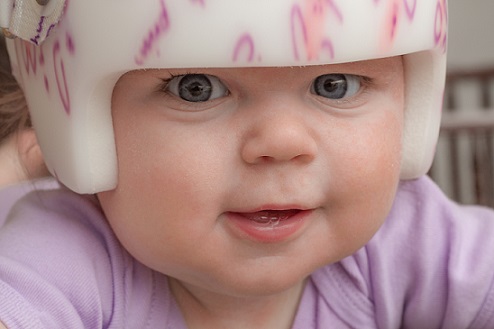A craniofacial disorder or anomaly refers to a category of deformities in the growth of the head and facial bones. Anomaly is a medical term that means “different from normal” or “irregular.” These types of anomalies are congenital (present at birth) and can occur in many different forms. They can be mild or severe enough to warrant surgery. Sometimes, craniofacial disorders are also associated with disorders elsewhere in the body, causing further complications. In the U.S., nearly 600,000 people have been diagnosed with a craniofacial condition.
What Causes Craniofacial Disorders?
Generally, healthcare professionals agree that there is no single cause of craniofacial disorders. On the other hand, they believe that a number of factors are responsible for their development, including the following:
- Environmental effects: it is not completely clear how a child’s environment can contribute to craniofacial anomalies. Some experts believe that environmental exposures may be involved, especially in concert with genetic abnormalities.
- Genetics: a combination of genes from one or both parents or even a change in genes during conception can cause a craniofacial anomaly.
- Folic acid deficiency: folic acid is a B vitamin common to green leafy vegetables, enriched grain products, orange juice, and fortified breakfast cereals. Some studies have indicated that women whose diet lacks folic acid or who do not take enough of it during pregnancy may be at high risk for giving birth to a child with a craniofacial disorder such as a cleft palate or cleft lip.
What Are the Most Common Types of Craniofacial Disorders?
The following are some of the most common types of craniofacial disorders that are present at birth:
- Cleft lip and palate – occurring in about 1 out of every 700 live births, cleft lip and palate are the most common congenital craniofacial disorders. They are identified by a separation in the lip or the palate (roof of the mouth), or both.
- Deformational plagiocephaly – an asymmetrical shaping of the head, often due to repeated pressure to the same area of the cranium. Treatment usually includes positioning and/or wearing of a cranial helmet, but not surgery.
- Craniosynostosis – a premature closure of the sutures (soft spots) of an infant’s skull which may hinder normal brain and skull growth. It can also increase the pressure inside the baby’s head in addition to changing the skull or facial bones from a normal, symmetrical appearance.
- Hemangioma – an abnormally growing blood vessel in the skin that may exist at birth as a faint red mark, or it may show up in the first few months after birth. This condition is also known as a strawberry hemangioma, a port wine stain, and a salmon patch.
- Vascular malformation – a growth or birthmark that is comprised of blood vessels. While it is often an aesthetic problem, vascular malformation can involve other body systems. The different types of malformations are named on account of the blood vessel that is most affected. As a result, it is also known as vascular gigantism, lymphangiomas, and arteriovenous malformations.
- Hemifacial microsomia – a condition primarily affecting the mouth, ear, and jaw areas in which the tissues on one side of the face are underdeveloped, although both sides of the face may also be affected; it may also impact the face and the skull. Hemifacial microsomia is also known as brachial arch syndrome, Goldenhar syndrome, oculo-auriculo-vertebral spectrum, facio-auriculo-vertebral syndrome, or lateral facial dysplasia.
Craniofacial disorders can result from various factors such disease, birth defects or trauma. If you believe your child has a craniofacial anomaly, it is important to seek the help of a pediatric specialist as soon as possible. The earlier that work starts on repairing a child’s face, the better the chances are that the changes will grow as the child grows.
References
https://www.hopkinsmedicine.org/health/conditions-and-diseases/craniofacial-abnormalities
https://www.stanfordchildrens.org/en/topic/default?id=overview-of-craniofacial-anomalies-90-P01830




